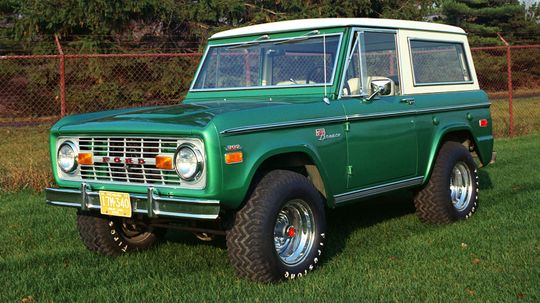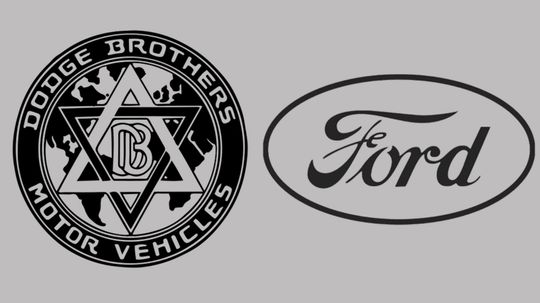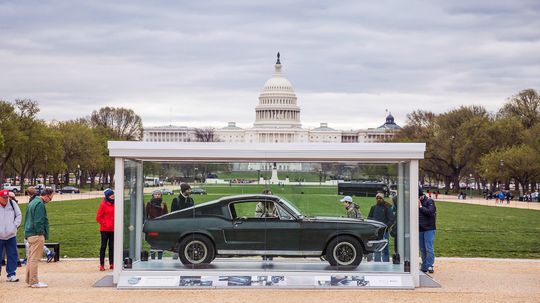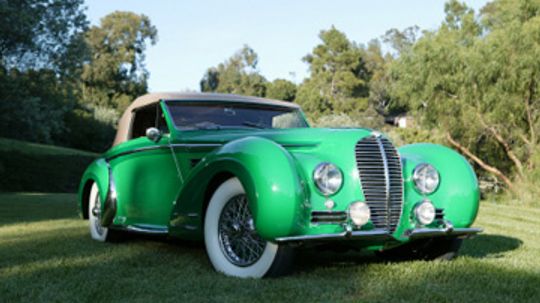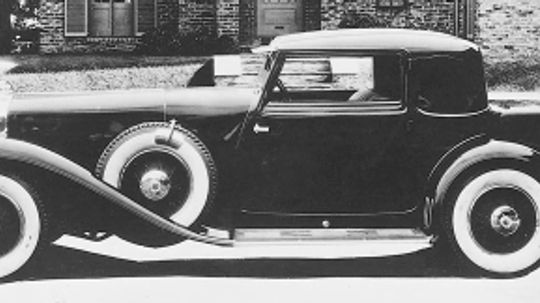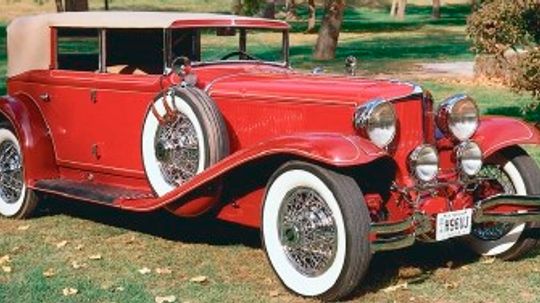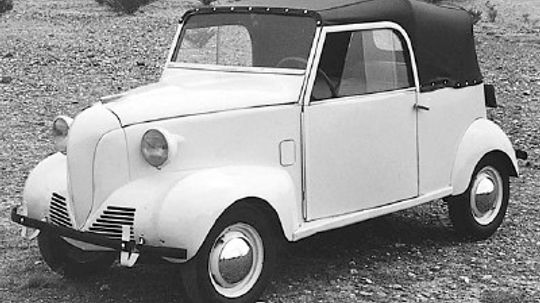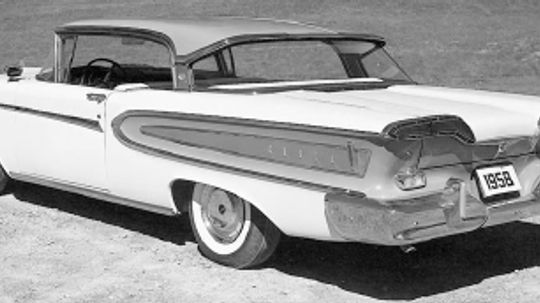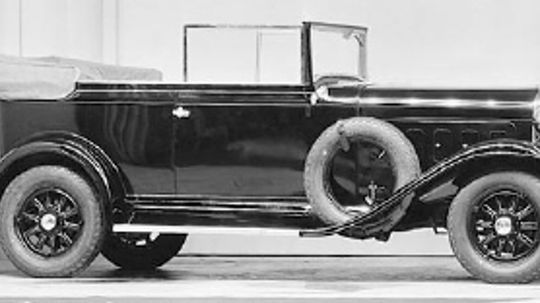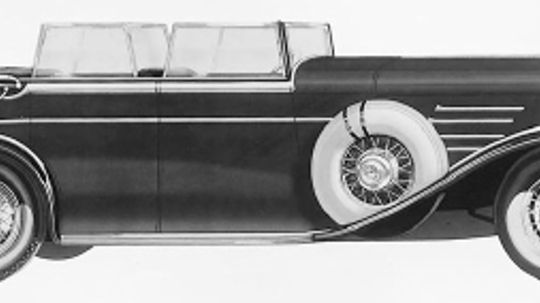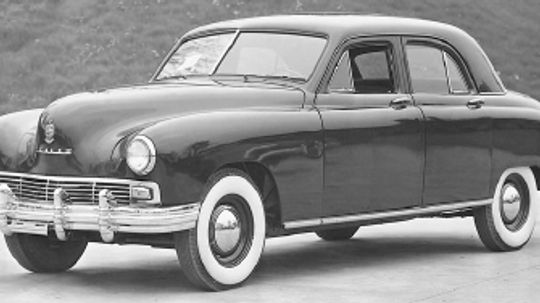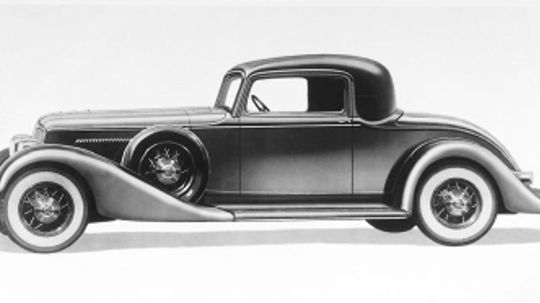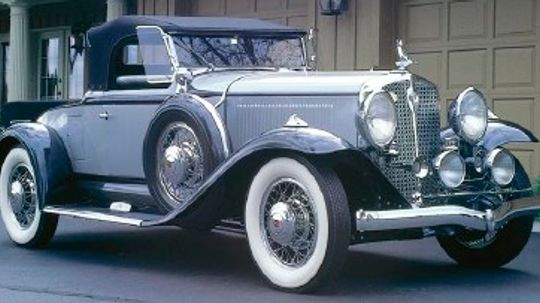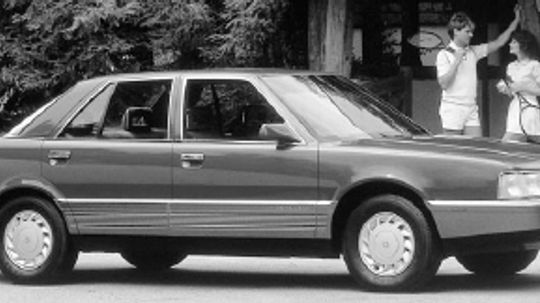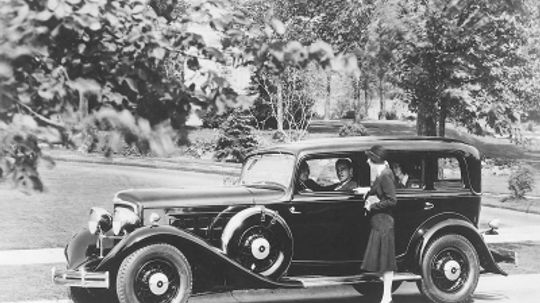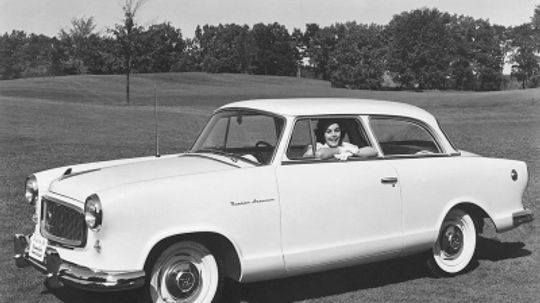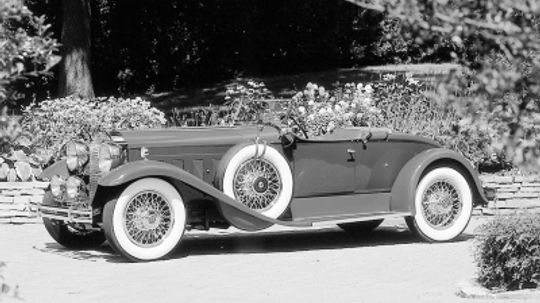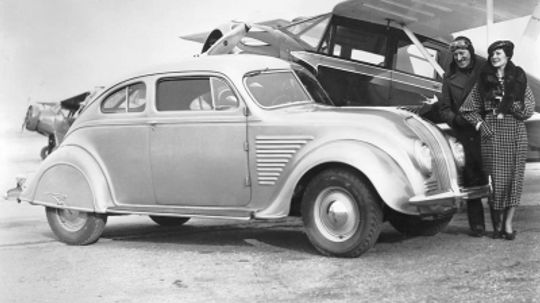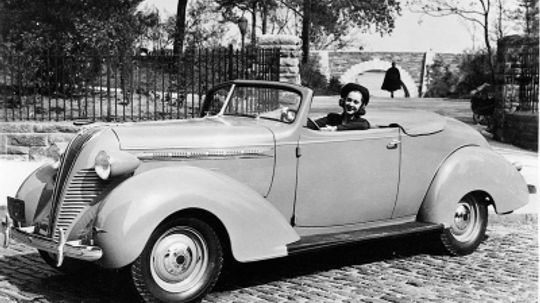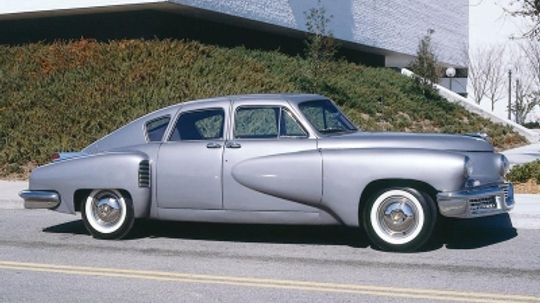Car Manufacturer Profiles
You know the names, but you may not the history behind some of the biggest automobile makers out there. Learn about the good, the bad and the ugly on car manufacturers.
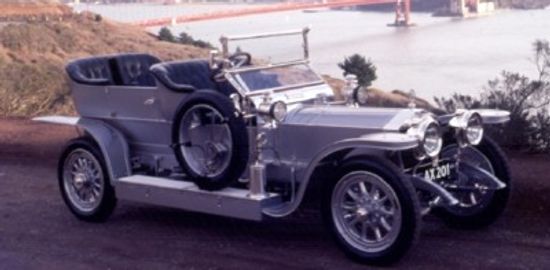
1907-1926 Rolls-Royce Silver Ghost
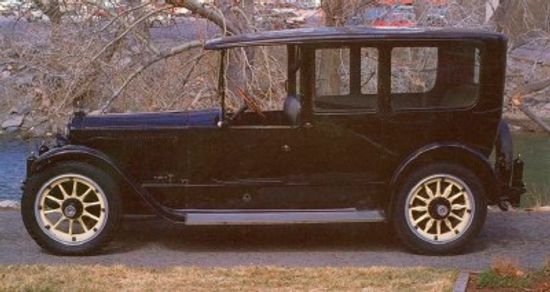
1916-1923 Packard Twin Six
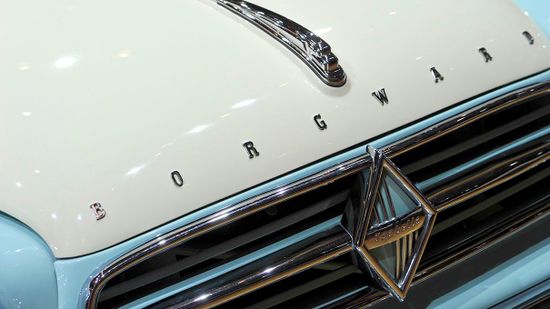
The Crazy Story of Borgward, the German Carmaker You've Never Heard Of
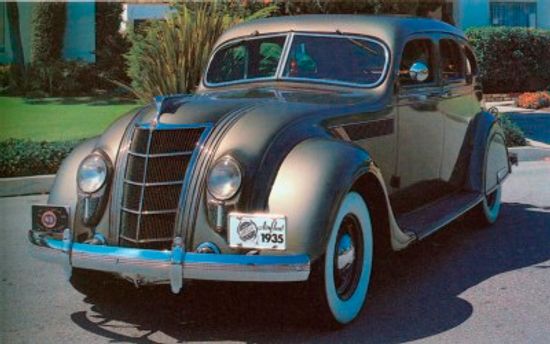
1934-1937 Chrysler Airflow

1928-1934 Duesenberg J-Series
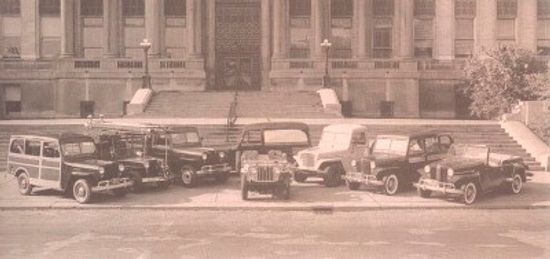
1945-1952 Jeep: Willys Postwar Jeep
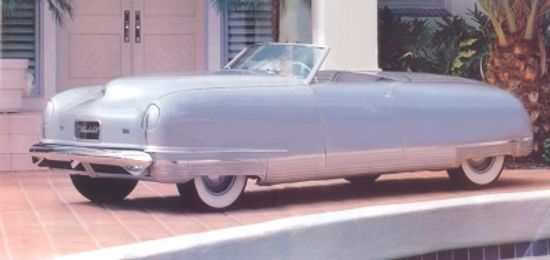
1941 Chrysler Thunderbolt Roadster
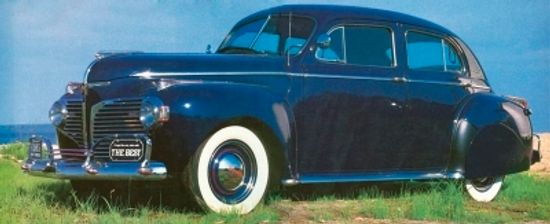
1941 Dodge Custom Town Sedan
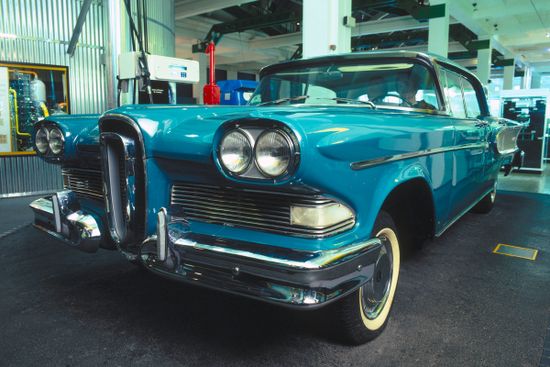
The Ford Edsel Failed, But Why?
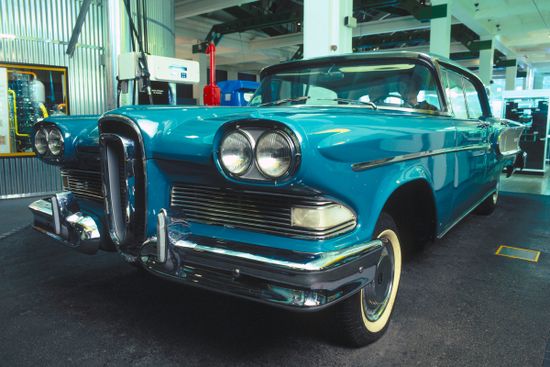
Was the Ford Edsel really that much of a failure?
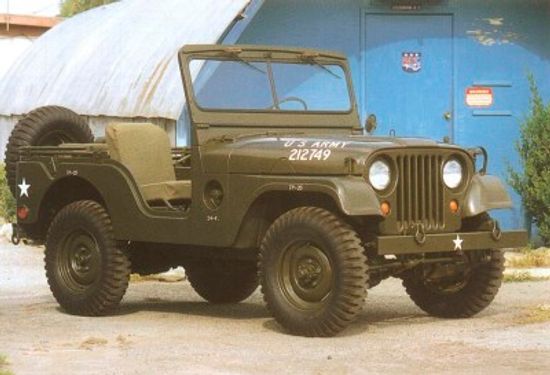
1953-1956 Jeep
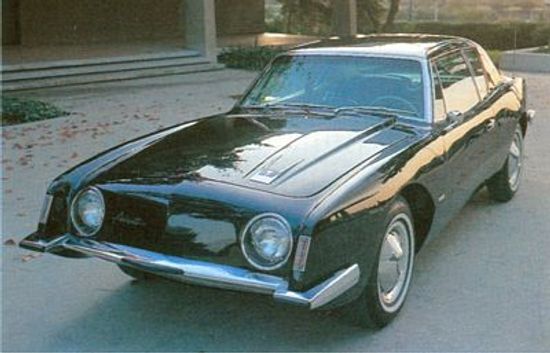
1963-1964 Studebaker Avanti
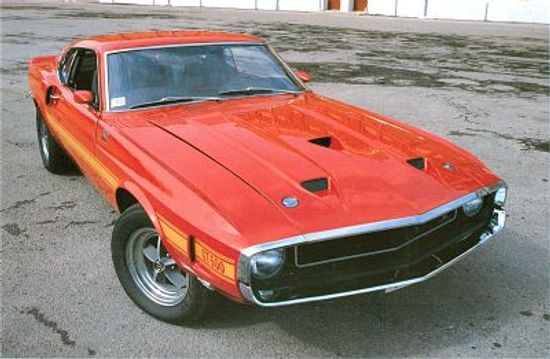
1969 Shelby GT-350 & GT-500

1967-1968 Shelby GT-350 & GT-500
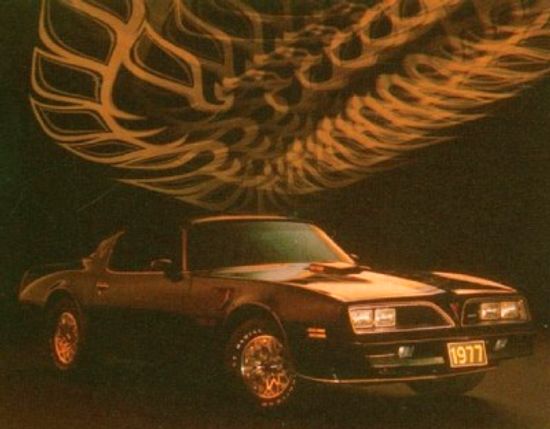
1977 Pontiac Firebird Trans Am and Formula
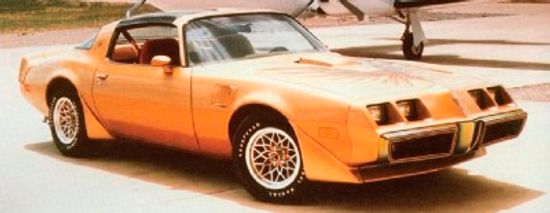
1979 Pontiac Firebird Trans Am and 10th Anniversary Trans Am
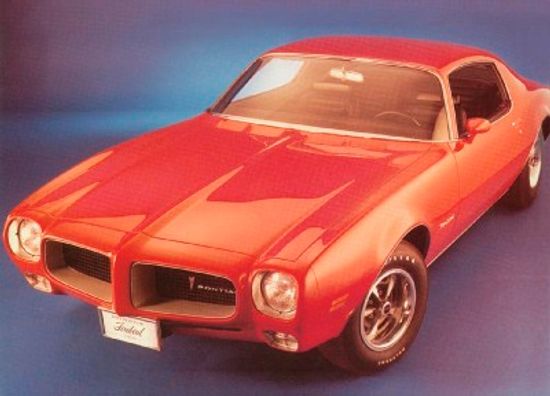
1970 1/2 Pontiac Firebird
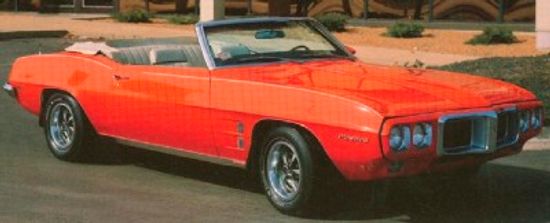
1969 Pontiac Firebird Sprint Convertible
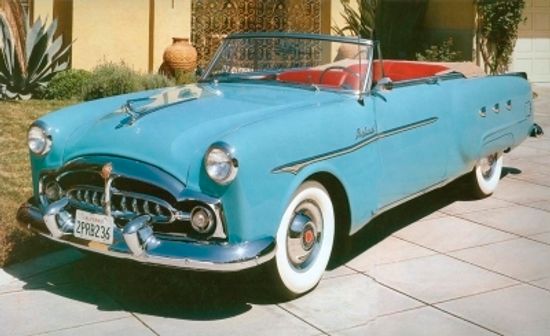
1952 Packard 250 Convertible

1961 Buick LeSabre Convertible
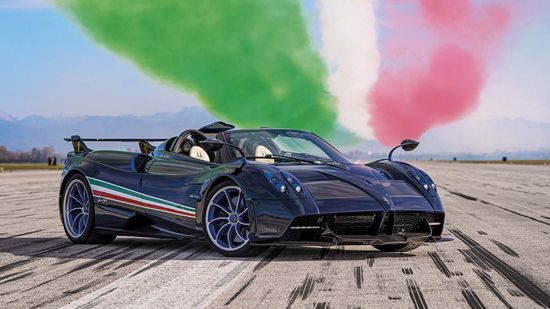
What Is the Most Expensive Car in the World?
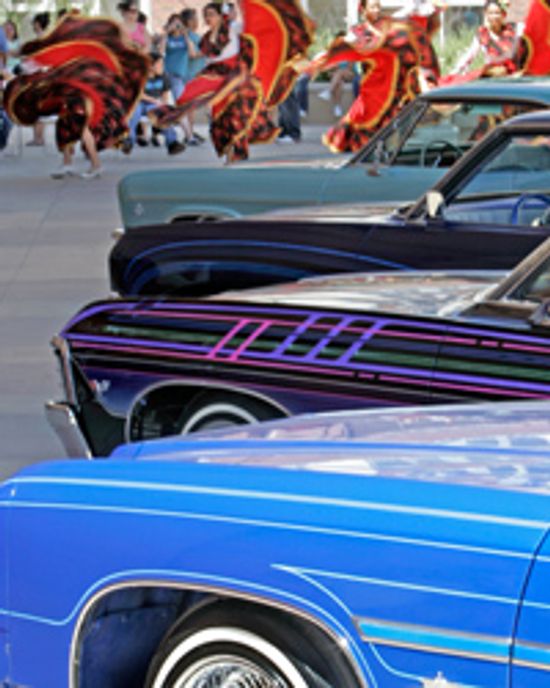
Cruising Low and Slow: 10 Great Lowriders
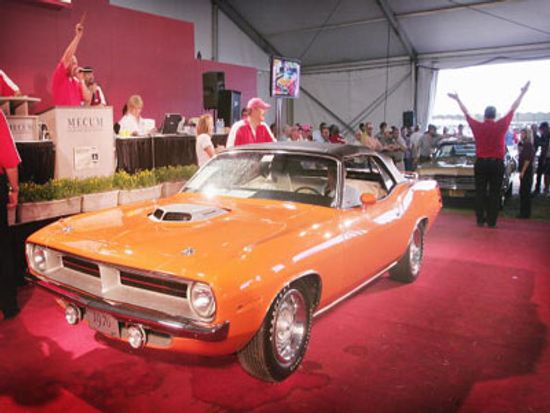
How Car Restoration Works
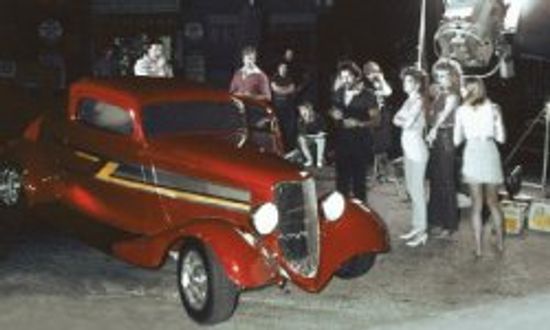
Hot Rod Pictures

Muroc Roadsters: Profile of a Hot Rod
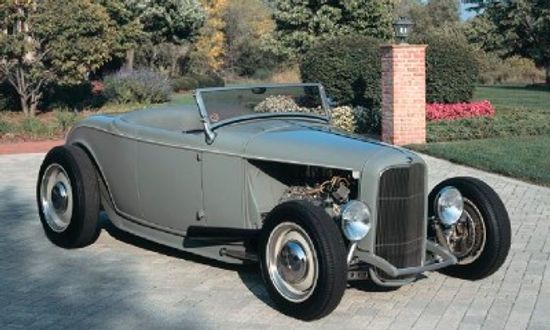
Ritzow Deuce: Profile of a Hot Rod
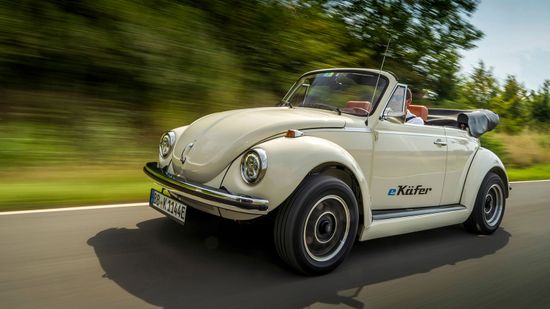
Could Electric Motor Conversions Save Classic Cars?
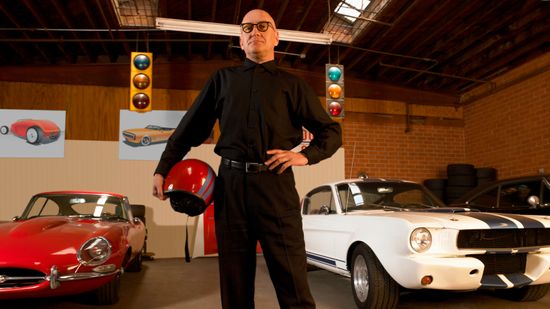
The World's Top 10 Car Collectors
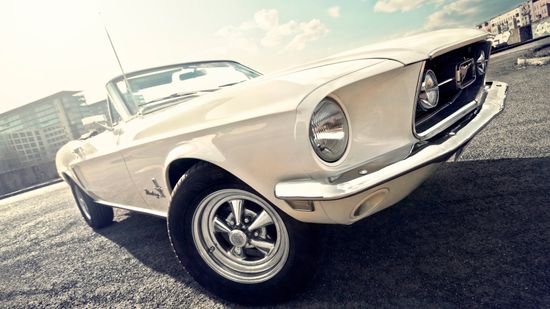
The 12 Rarest Cars In The World
Learn More
There's been a slow shift in who's collecting cars, and the boomer generation just passed the torch to two younger generations.
John and Horace Dodge were early investors in the Ford Motor Company, but the relationship quickly devolved into the feud of a lifetime.
By Chris Opfer
The Library of Congress archives all things historical in the U.S. And that also includes many of America's most important cars.
Advertisement
Take a look back to an extravagant and optimistic time when outrageous cars ruled the world. A time when automobiles weren't just about simple transportation -- they were about bold statements and high style.
Harley Earl has been called the father of American automotive design. See our list of 11 design innovations of Harley Earl such as the Wraparound Windshield and the Auto-Styling Studio to find out why.
Stutz formed in 1912 and quickly earned a reputation for fast race-worthy cars. Stutz introduced America to an early form of the sports car. Learn how they made the switch to consumer cars and why.
Cord produced cars for only 10 years, but they are deemed to be some of the best ever built. The man behind it all was Errett Lobban Cord. Read about the Cord company and its cars in this article.
Advertisement
Kaiser made inventive cars during the 1940s and 1950s that just never caught on with the public. Kaiser was experimenting with the idea of plastic-bodied cars. Read about the history of Kaiser in this article.
Hudson made some of America's finest most popular cars during its 48-year history. A low-priced four-cylinder Essex was a key to their early success. Learn about Hudson's history and its cars in this article.
LaSalle was formed as a companion line to Cadillac seeking to fill a price gap between themselves and Buick. The division chose the name LaSalle, honoring the French explorer. Find out how LaSalle fit the bill.
Crosley cars created unique models from the sporty Hotshot to the handy FarmORoad. Founder Powel Crosley, Jr. entered the auto industry in 1939. Read about the history of the now-defunct Crosley company.
Advertisement
Edsel was formed by Ford to match GM model-for-model, but by the time Edsel debuted the entire market was depressed and the medium-price segment had shriveled from 25 to 18 percent. Learn how and what it meant for Edsel.
Essex manufactured cars for Hudson that were actually so well-received the name was dropped from common use. Find out why and how the Essex helped turn Hudson around.
Franklin set itself apart from other automakers by using air-cooled engines and lightweight aluminum parts. Franklin was ahead of the industry by selling more sedans than open cars before 1920. Learn more about Franklin cars.
Frazer made genuinely new post-war cars, while most automakers released redesigned prewar models. They looked good, very clean, with modest horizontal grilles, and little decorative chrome or sculptured sheet metal. Learn how this helped Frazer get started.
Advertisement
The Graham brothers originally built trucks for Dodge before buying their own company. The Grahams prospered with cars as quickly as they had with trucks. Learn how they went on to produce classic if ill-fated cars.
Studebaker started in 1852 with covered wagons and horse-drawn vehicles. In 1902, Studebaker began building automobiles. Learn about the history of Studebaker and its demise in the 1960s.
Eagle was formed by Chrysler from the defunct American Motors Corporation. Chrysler inherited the right to use the Eagle name on their cars after buying AMC. Learn why Chrysler bought the name from Renault and what they did with it.
The Reo Motor Car Company was created in 1904 out of an argument at Olds Motor Works. Reo fielded one-, two-, four-, and six-cylinder cars. Learn all about Reo which stopped making cars in 1936.
Advertisement
Rambler cars got their start as a successful compact model put out by Nash in 1950. Rambler sold more than 30,000 1958 Rambler Americans. Learn all about Rambler which closed shop in the late '60s.
Founded by James Ward Packard in 1989, Packard was once a leader among automakers, but changing tastes and poor business decisions doomed the brand. Learn more about Packard cars.
Prosperity seemed endless in 1928, when the fast-rising new Chrysler Corporation purchased Dodge and issued its first DeSoto. These good times were short-lived, but the DeSoto would be one of the few pre-Depression "expansion" models to survive.
Terraplane cars which grew out of the successful Essex Terraplane made by Hudson were built from 1934 to 1938. They were a tremendous boost to parent company Hudson's bottom line. Learn all about Terraplane cars.
Advertisement
Checker is best known for specially designing taxicabs and airport limousines. They later built cars like the Superba and Marathon for the public. Find out more about Checker cars.
Preston Tucker's plan for a wholly new car was too ambitious to succeed. The 1948 Tucker Torpedo was remarkably innovative, but only 50 cars were ever produced. Learn about the brief heyday of the Tucker Torpedo.
